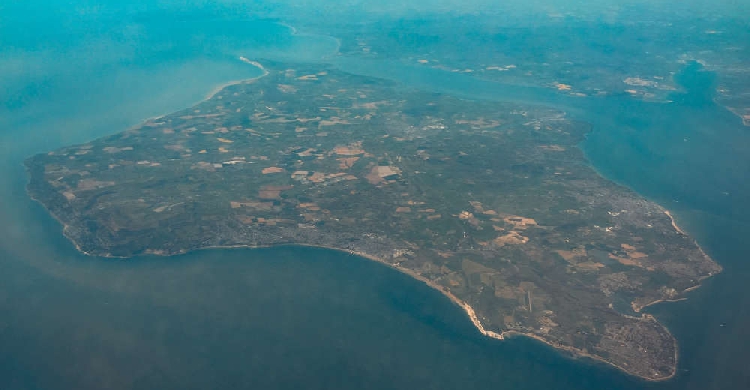
New Census data shows the number of over 65s living on the Isle of Wight has increased by a quarter in ten years.
While the number of children (under 15) has fallen by 6.3 per cent over that time.
The Office for National Statistics (ONS) has published it latest set of figures showing how the population has changed from 2011 to 2021.
On the Isle of Wight, the population size has increased by 1.5 per cent over ten years. It stood at around 138,300 in 2011 and has now grown to 140,400 (as of 2021).
That figure is lower than the increase for the South East, which a growth of 7.5 per cent.
According to the ONS, females (72,400) outweigh males (68,100) on the Island.
There are now roughly 64,800 households on the Island — up by 6.1 per cent ten years ago,
As of 2021, the Island is the 24th least densely populated region in the South East.
It means for every football pitch-sized piece of land on the Island, there are around three people living there.
In comparison, Tower Hamlets in London is the most densely populated local authority area in England. There are around 112 people per pitch.
Nationally, England and Wales' population has grown by more than 3.5 million over the past ten years.


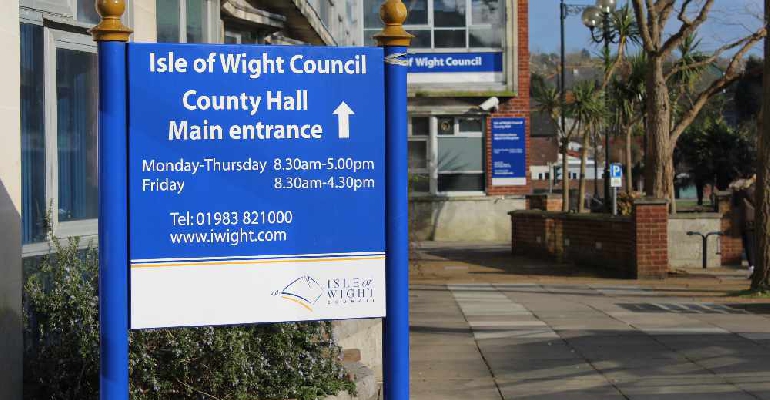 Isle Of Wight Council Fighting To Maintain Status Quo In Face Of Local Government Reorganisation Plans
Isle Of Wight Council Fighting To Maintain Status Quo In Face Of Local Government Reorganisation Plans
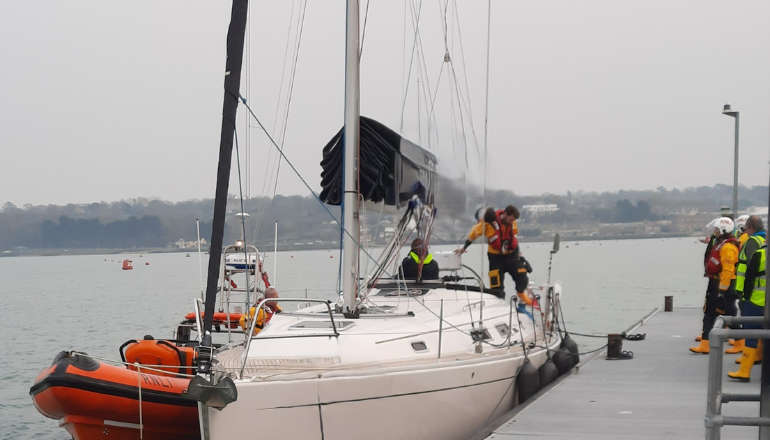 Cowes Lifeboat Team Saves The Day With Rescue Of Crippled Yacht
Cowes Lifeboat Team Saves The Day With Rescue Of Crippled Yacht
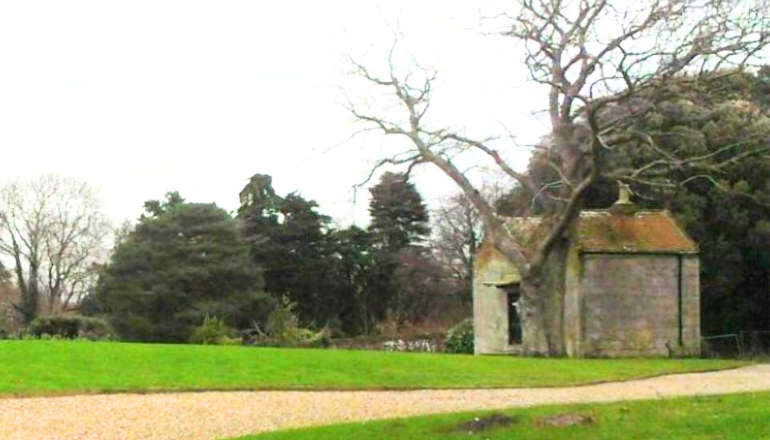 Historic Shanklin Summerhouse To Be Converted Despite Local Opposition
Historic Shanklin Summerhouse To Be Converted Despite Local Opposition
 Teenagers In Drug Arrest Following Coppins Bridge Police Pursuit
Teenagers In Drug Arrest Following Coppins Bridge Police Pursuit
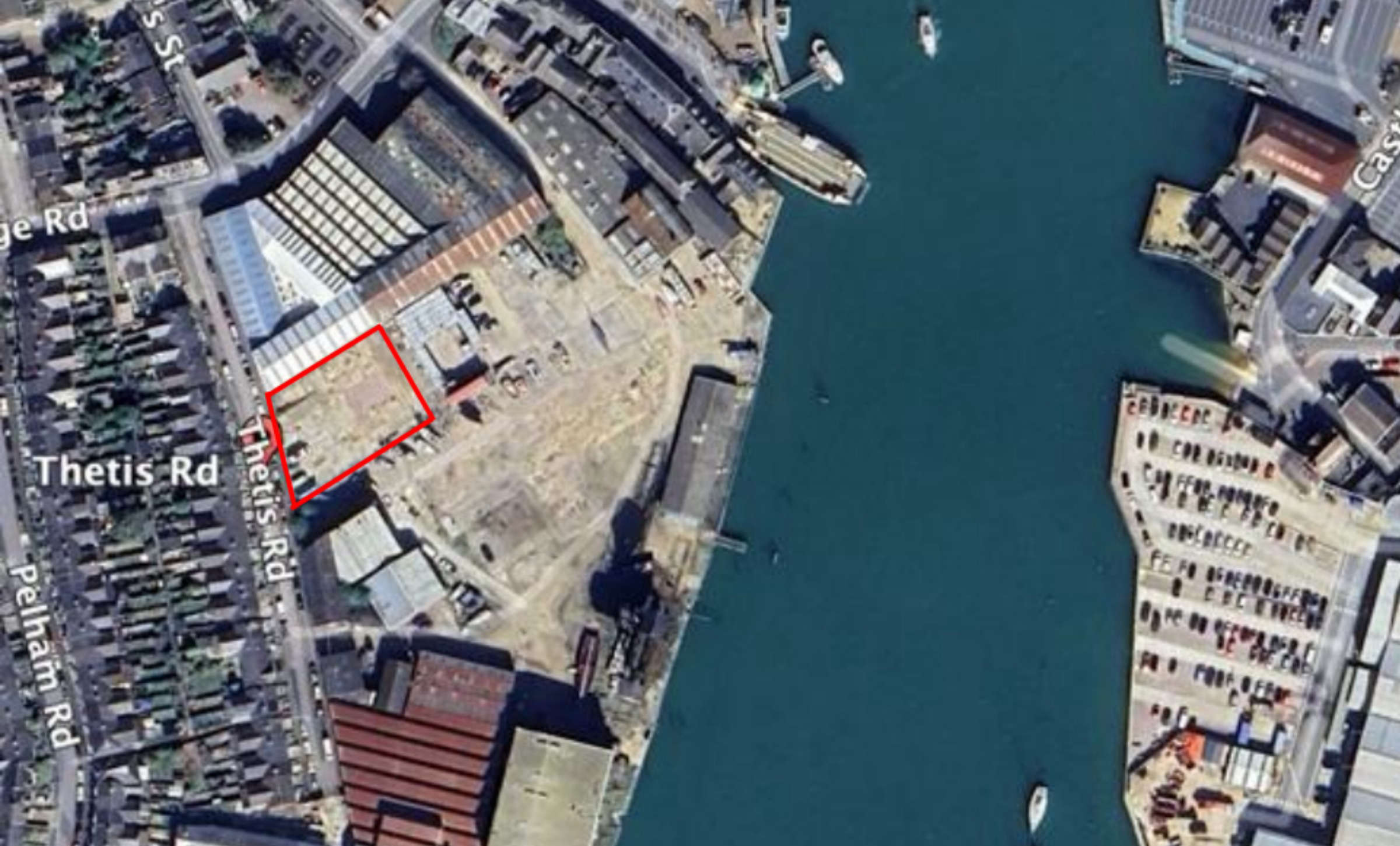 New Warehouse Could 'Support Expanding Companies' And 'Deliver Islander Employment Opportunities
New Warehouse Could 'Support Expanding Companies' And 'Deliver Islander Employment Opportunities
 Tax Breaks Could Be Set To End For Isle Of Wight Private Schools
Tax Breaks Could Be Set To End For Isle Of Wight Private Schools
 Hundreds Attend Island’s Careers, Jobs And Apprenticeships Fair
Hundreds Attend Island’s Careers, Jobs And Apprenticeships Fair
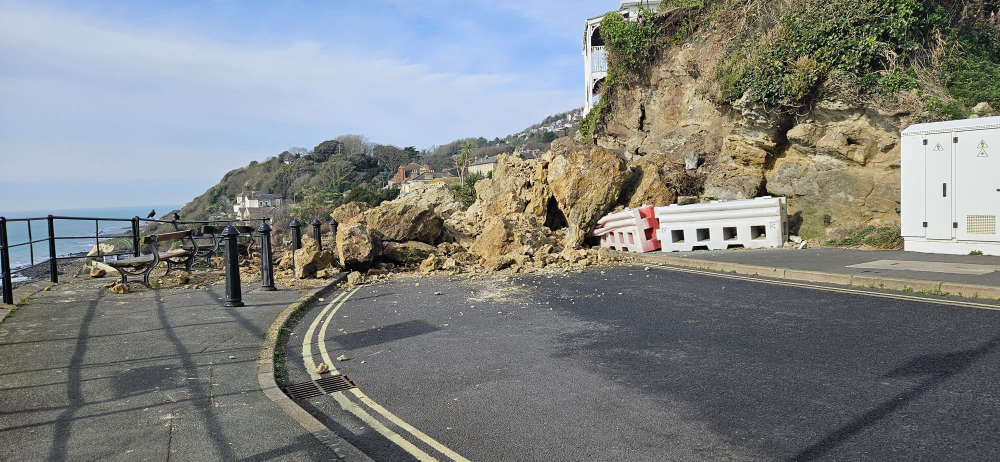 What A Mess — Timeline Of Ventnor Road Repairs In Limbo Following Latest Collapse
What A Mess — Timeline Of Ventnor Road Repairs In Limbo Following Latest Collapse
 Police Pursuit Sees Man End Up In River Medina
Police Pursuit Sees Man End Up In River Medina
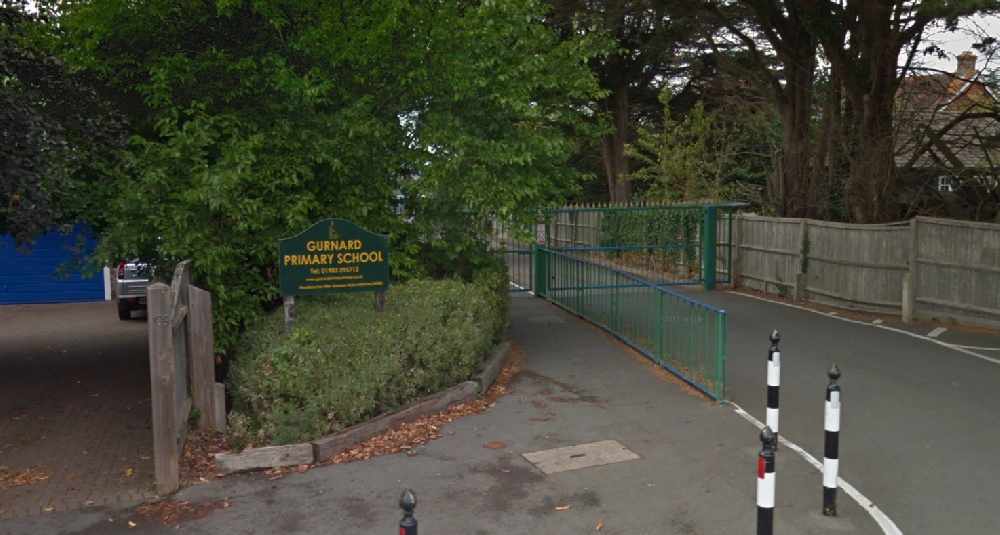 Gurnard Primary School Shines In Latest Ofsted Inspection
Gurnard Primary School Shines In Latest Ofsted Inspection
 Education Cabinet Member Urges Deferral Of School Closures Decision
Education Cabinet Member Urges Deferral Of School Closures Decision
 Newport Man Arrested After Damaging Ryde Hotel And Being Abusive To Members Of The Public
Newport Man Arrested After Damaging Ryde Hotel And Being Abusive To Members Of The Public
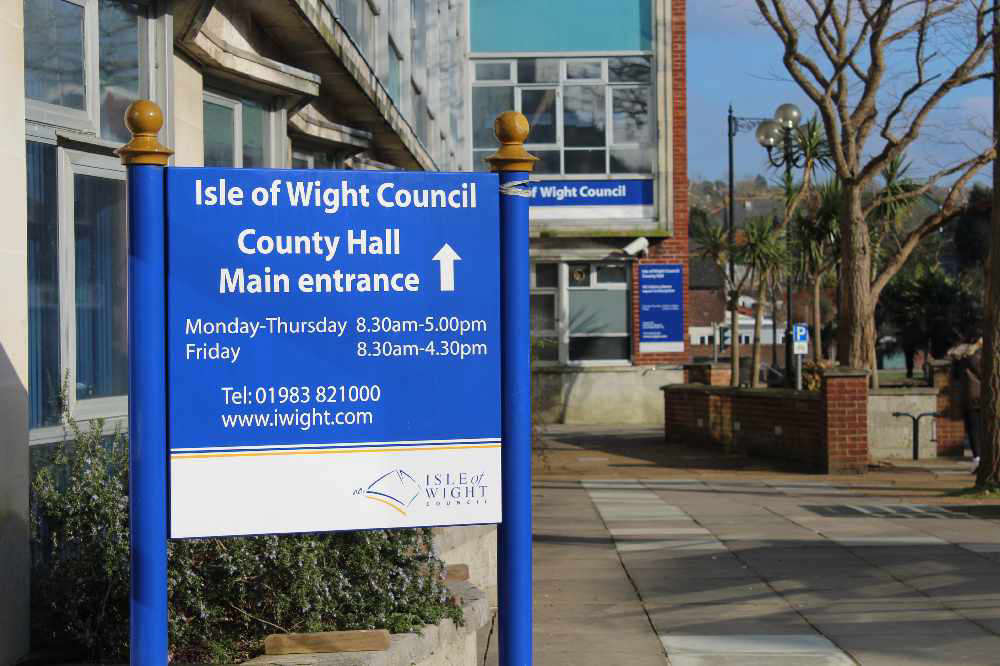 Councillor Accuses County Hall Planners Of "Intransigence" In "Correctly" Applying Planning Law
Councillor Accuses County Hall Planners Of "Intransigence" In "Correctly" Applying Planning Law
 Cabinet Asked Whether School Closure Plans Are "Truly Financially Viable"
Cabinet Asked Whether School Closure Plans Are "Truly Financially Viable"
 G4's Mike Christie To Release Walk The Wight Song In Aid Of Mountbatten
G4's Mike Christie To Release Walk The Wight Song In Aid Of Mountbatten
 Victorian Society Objects To 'Needlessly Damaging' Proposals For Isle Of Wight Church
Victorian Society Objects To 'Needlessly Damaging' Proposals For Isle Of Wight Church
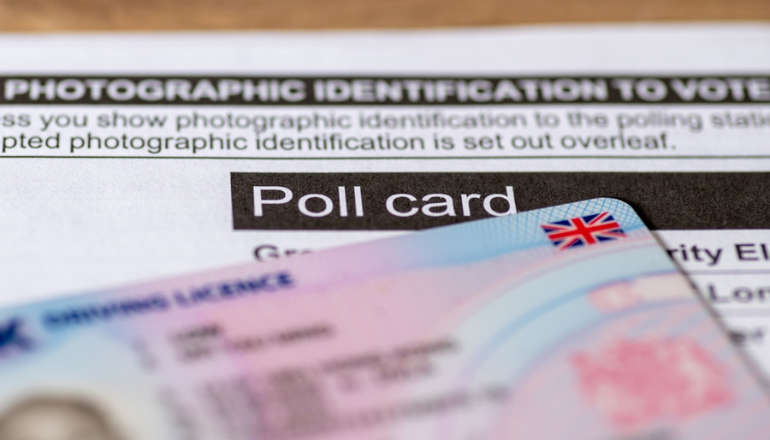 Isle Of Wight Council By-Election Likely To Be Held In May
Isle Of Wight Council By-Election Likely To Be Held In May
 Council Opens Enforcement Case In Response To Developer's "Alleged Breach Of Planning Controls"
Council Opens Enforcement Case In Response To Developer's "Alleged Breach Of Planning Controls"
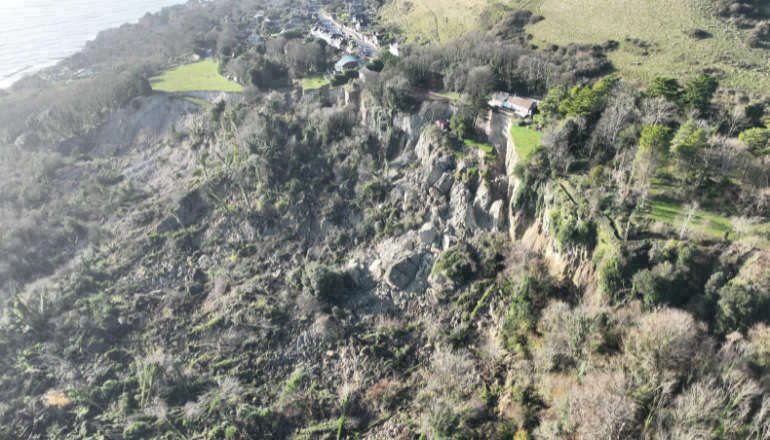 Find Out How Council's £600,000 Leeson Road Investment Will Be Spent
Find Out How Council's £600,000 Leeson Road Investment Will Be Spent


